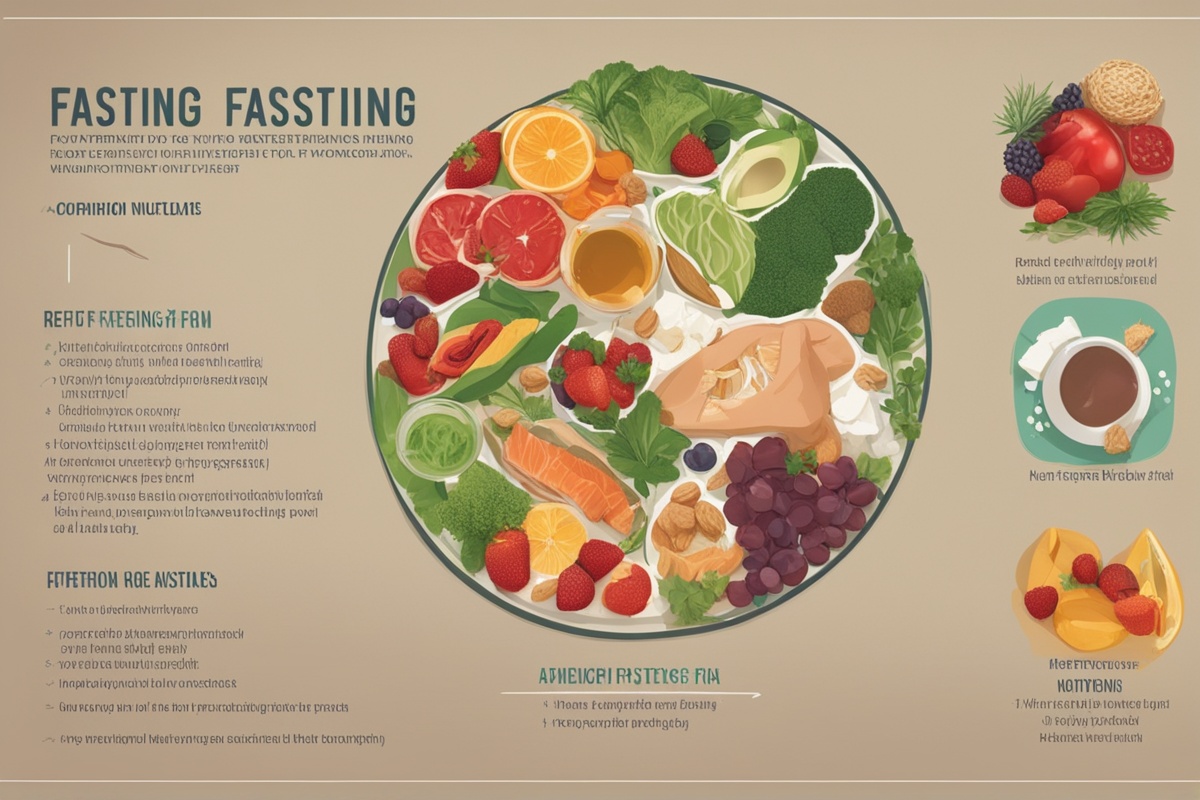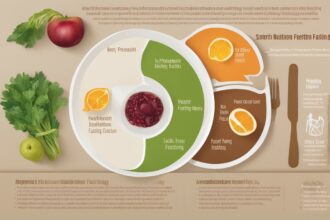Have you just completed a fast and are wondering how to ease back into eating without shocking your system? Refeeding after fasting is a delicate process that requires careful planning to avoid digestive distress or health complications. Whether you’ve been on a water fast, intermittent fasting, or an extended fast for spiritual or health reasons, knowing the right refeeding tips can make all the difference. In this guide, we’ll explore science-backed strategies to help you reintroduce food safely, nourish your body, and maintain the benefits of your fast. Let’s dive into how to approach post-fast nutrition with confidence and care.
What Is Refeeding and Why Does It Matter?
Refeeding is the process of reintroducing food to your body after a period of fasting or severe calorie restriction. When you fast, your digestive system slows down, and your body shifts to using stored energy reserves. Suddenly jumping back into heavy meals can overwhelm your system, leading to issues like bloating, nausea, or even a dangerous condition called refeeding syndrome—a potentially fatal imbalance of electrolytes and fluids. Understanding proper refeeding strategies is crucial to prevent these risks and ensure your body adjusts smoothly. The goal is to gently wake up your metabolism while replenishing essential nutrients.
Start Slow: The Golden Rule of Refeeding
One of the most important refeeding tips is to start slow. After a fast, your stomach and digestive enzymes are not prepared to handle large or complex meals. Begin with small portions of easily digestible foods like broths, soups, or steamed vegetables. For example, after a 24-hour fast, you might start with a cup of bone broth or a small serving of cooked zucchini. Gradually increase portion sizes and food variety over a few days. This slow approach helps your gut rebuild its digestive capacity and prevents discomfort. Remember, patience is key when crafting your post-fast meal plan.
Focus on Nutrient-Dense, Hydrating Foods
After fasting, your body craves nutrients to restore energy and repair tissues. Opt for hydrating and nutrient-dense options to support recovery. Foods rich in electrolytes—like potassium, magnesium, and sodium—are especially important to balance your system. Think coconut water, avocados, and leafy greens. Additionally, incorporating small amounts of healthy fats and proteins can help stabilize blood sugar levels. Here are some ideal foods to include in your refeeding diet:
- Bone broth or vegetable broth for hydration and minerals
- Steamed vegetables like zucchini or spinach for gentle fiber
- Small portions of ripe fruit, such as bananas, for natural sugars and potassium
- Coconut water to replenish electrolytes
- Boiled eggs or small amounts of lean protein for tissue repair
Avoid Common Refeeding Mistakes
While it’s tempting to dive into your favorite foods after a fast, certain mistakes can derail your recovery. One major pitfall is eating high-sugar or processed foods too soon, which can spike blood sugar and cause digestive upset. Another is overeating—your stomach has likely shrunk during the fast, so large meals can lead to pain or nausea. To help you steer clear of these issues, here are some common errors to avoid during your post-fast recovery:
- Eating heavy, fatty, or fried foods right after fasting
- Consuming caffeine or alcohol, which can dehydrate or irritate your stomach
- Skipping hydration—always prioritize water and electrolyte-rich fluids
- Ignoring portion control and overeating in one sitting
Understand Refeeding Syndrome and How to Prevent It
Refeeding syndrome is a serious but rare condition that can occur when food is reintroduced too quickly after prolonged fasting or malnutrition. It happens when the body experiences rapid shifts in electrolytes like phosphorus, potassium, and magnesium, leading to complications such as heart issues or muscle weakness. While this is more common after extended fasts (over 5–7 days) or in cases of severe undernourishment, it’s worth being aware of. To minimize risks, follow safe refeeding practices by starting with low-calorie, nutrient-rich foods and consulting a healthcare provider if you’ve fasted for a long time or have underlying health conditions. Research shows that a gradual increase in calories over several days—starting at about 10–20 kcal per kilogram of body weight—can significantly reduce the likelihood of this syndrome.
Personalize Your Refeeding Plan Based on Fast Duration
Not all fasts are the same, so your refeeding approach should match the type and duration of your fast. For a short 16:8 intermittent fast, you might simply resume normal eating with a light meal. However, after a 3-day water fast, you’d need 1–2 days of gentle refeeding with liquids and soft foods before returning to regular meals. For extended fasts of a week or more, plan a refeeding period that’s roughly half the length of the fast—think 3–4 days of slowly increasing food intake. Tailoring your refeeding guidelines to your specific fast ensures a smoother transition. Always listen to your body; if you feel unwell, slow down even further or seek medical advice.
As you embark on your post-fast journey, remember that refeeding is just as important as the fast itself. By following these refeeding tips, you can protect your health, avoid common pitfalls, and maximize the benefits of fasting. Take it one step at a time—start with small, nutrient-dense meals, stay hydrated, and be mindful of how your body responds. Whether you’re fasting for weight loss, detoxification, or spiritual reasons, a thoughtful post-fast nutrition plan will help you maintain balance and well-being. Have you tried any specific refeeding strategies that worked for you? Share your experiences in the comments below, and let’s keep the conversation going about safe and effective fasting practices!






